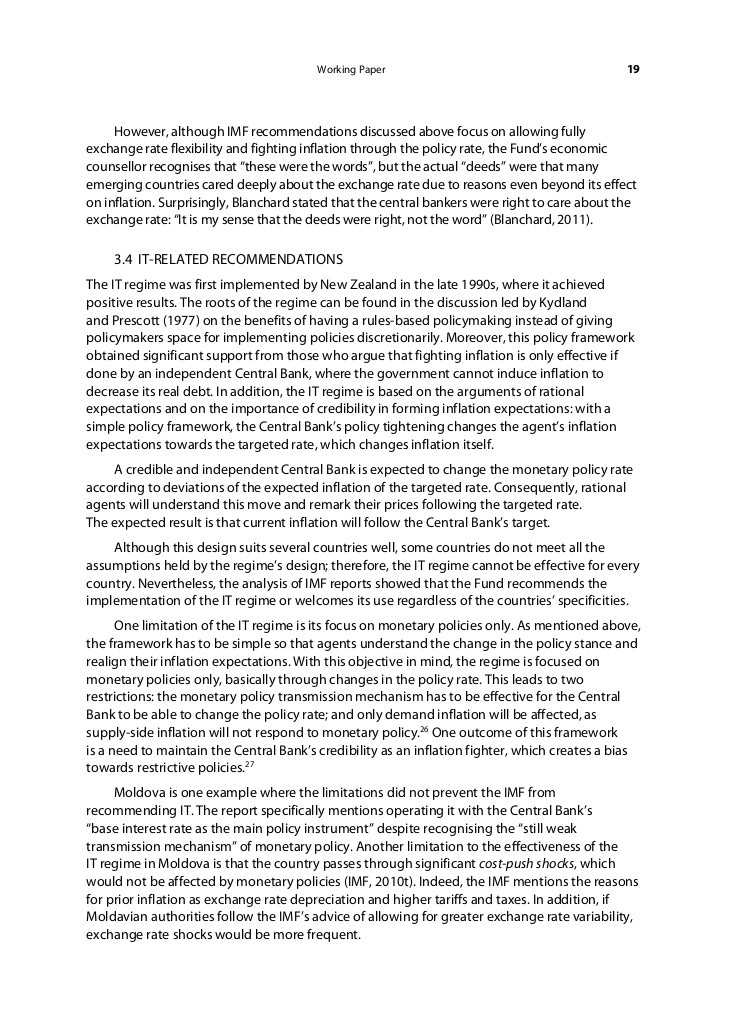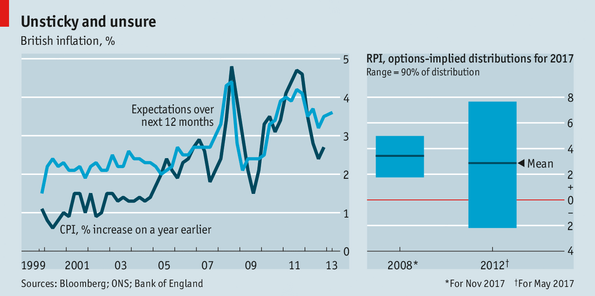Inflationfighting funds see mounting rate risks
Post on: 1 Апрель, 2015 No Comment

Analysis & Opinion
March 15 (Reuters) — U.S. bond funds designed to fight inflation have relaxed their guard against rising interest rates, leaving investors vulnerable to heavy losses.
While investors have enjoyed 10 percent-plus average annual returns for the past three years, they may not be aware of a lurking threat called duration risk, experts said. And with Treasury yields on a sudden upswing, the damage could come soon.
The longer a bond fund’s duration, a measure of sensitivity to interest rate changes, the more its share price will rise or fall with interest rate changes. And some managers of mutual funds featuring Treasury Inflation-Protected Securities, or TIPS, have increased durations to pump up their returns as interest rates have steadily declined since 2007.
But that play has nearly bottomed out.
It would be unwise to count on such impressive performance continuing, Vanguard Chairman William McNabb warned in an annual report letter to investors in one of the largest U.S. TIPS funds.
Still, a lot of investors are counting on exactly what McNabb is counseling against. Since the end of 2008, net inflows have totaled $45.3 billion for funds loaded with TIPS, government-backed obligations whose principal and interest rate get a boost based on gains in the Consumer Price Index, a key inflation gauge.
Total assets in TIPS funds jumped 26 percent, or $27.1 billion, in the past year to $131.4 billion at the end of January, according to Lipper, a unit of Thomson Reuters. The fund category had an average gain of 11.04 percent for the 1-year period that ended March 12.
We’ve had such a decline in interest rates you wonder if investors are chasing returns or are they seriously concerned about inflation, said Gemma Wright-Casparius, co-manager of the Vanguard Inflation-Protected Securities Fund.
Even though the funds invest in bonds backed by the federal government and protect investors against an upswing in inflation, plenty can still go wrong. Interest rates have been at historic lows but could go up at any time, analysts said.
Investors need to be aware of interest rate risk, Morningstar Inc. mutual fund analyst David Falkof said.
Just this week, yields on 10-year Treasury notes extended their longest losing streak in more than five years as investors fretted about the strengthening economy. The 10-year yield on Thursday hit 2.28 percent, up from 1.97 percent on March 7.
Managers say they can reduce their durations if they see an imminent rate rise. If I do my job well, I will move duration in anticipation of interest rate moves, Vanguard’s Wright-Casparius said.
But few bond fund managers may be able to anticipate the kind of shocking event that would cause a quick spike, said Stephen Percoco, founder of Lark Research Inc, an independent research firm to institutional investors.
They may try to shift duration somewhat, Percoco said. The odds are that an event that would cause loss would not be easily foreseeable.
The U.S. Federal Reserve cut overnight interest rates to near zero in December 2008 and has bought $2.3 trillion in bonds to bring down long-term rates and boost growth. The central bank repeated on Tuesday that it was likely to hold short rates at rock bottom levels at least through late 2014.
Frederick Sheehan, who has written books about the Fed and its former Chairman Alan Greenspan, said it is much harder for fund managers to trust their instincts and judgment when the ultra-low-interest rate environment has gone on for so long.

I don’t think managers have shown any better or worse ability to forecast interest rates better than anyone else, Sheehan said.
The $40.8 billion Vanguard TIPS fund had an average duration of 8.4 years at the end of 2011 compared to an average of five years for the Barclays Capital U.S. Aggregate Bond Index.
Other big TIPS funds have been somewhat more conservative with their durations. The $4.8 billion BlackRock Inflation Protected Bond Fund had a duration of 7.8 years at the end of January while the $5 billion American Century Inflation-Adjusted Bond Fund reported seven years.
To some extent, longer duration is a feature of TIPS-oriented funds. Duration ultimately measures how long it takes an investor to get the balance of the cash they are owed on a bond including principal and interest.
Because a large part of TIPS inflation kicker comes at maturity when the principal is returned, TIPS have a longer duration than the same maturity of ordinary Treasury bond. That helps boost the funds’ returns when rates are falling but the advantage disappears if interest rates rise.
For example, with an average duration of 8.4, the value of the Vanguard fund’s securities would decline about 8.4 percent if rates rose 1 percentage point. The actual loss might be larger or smaller depending on how rates changed in different maturities.
Of course, the value of TIPS bond funds would increase if interest rates somehow moved lower.
One fund particularly vulnerable to duration risk is PIMCO’s 15+ Year TIPS Index Fund. The exchange-traded fund, which is designed to track the longest maturity portion of the market, has one of the longest durations among bond funds focused on TIPS, at nearly 13 years.
The $392 million ETF has been a juggernaut so far, due mainly to its extended duration, gaining 25.3 percent for the one-year period that ended March 12, according to Lipper.














